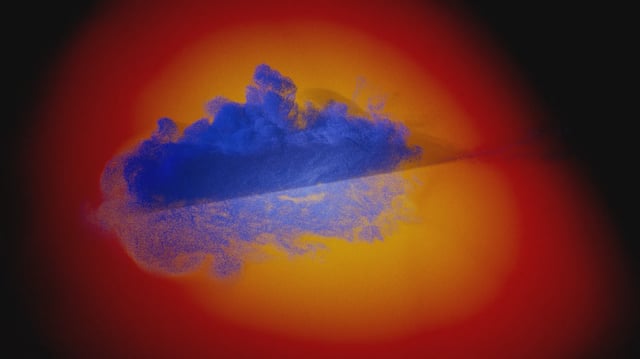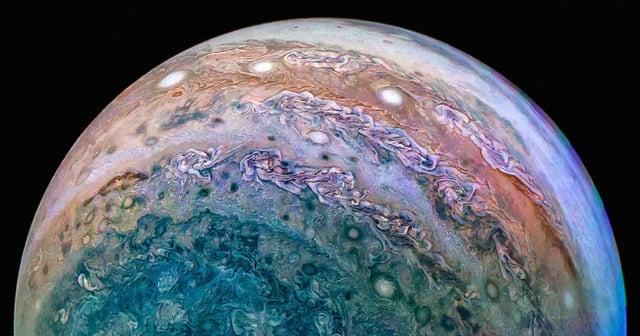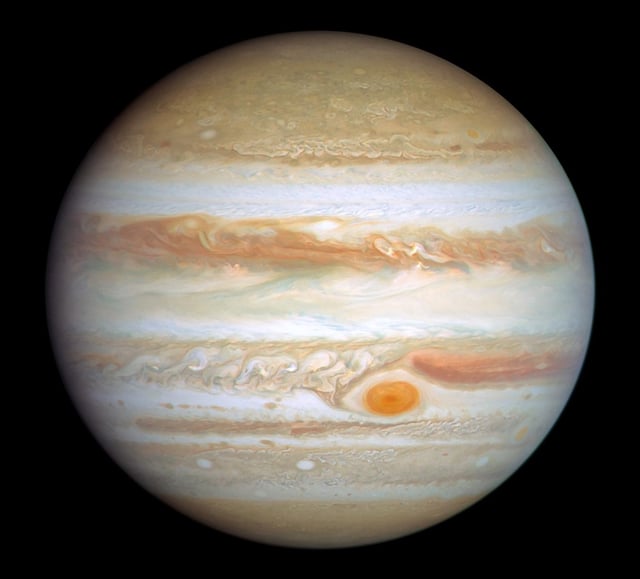Overview
- High-resolution collision simulations failed to reproduce the stable dilute core structure inferred from NASA’s Juno data.
- The models showed that impact-disrupted core material would re-settle into distinct layers rather than form a smooth transition.
- The authors conclude Jupiter’s interior likely emerged through slow incorporation of heavy and light elements over time.
- Evidence that Saturn also hosts a dilute core strengthens the case for gradual formation over rare, extreme impacts.
- Research by Durham University with NASA, the SETI Institute, and the University of Oslo ran on DiRAC COSMA using the open-source SWIFT code, informing interpretations of giant-planet and exoplanet interiors.



